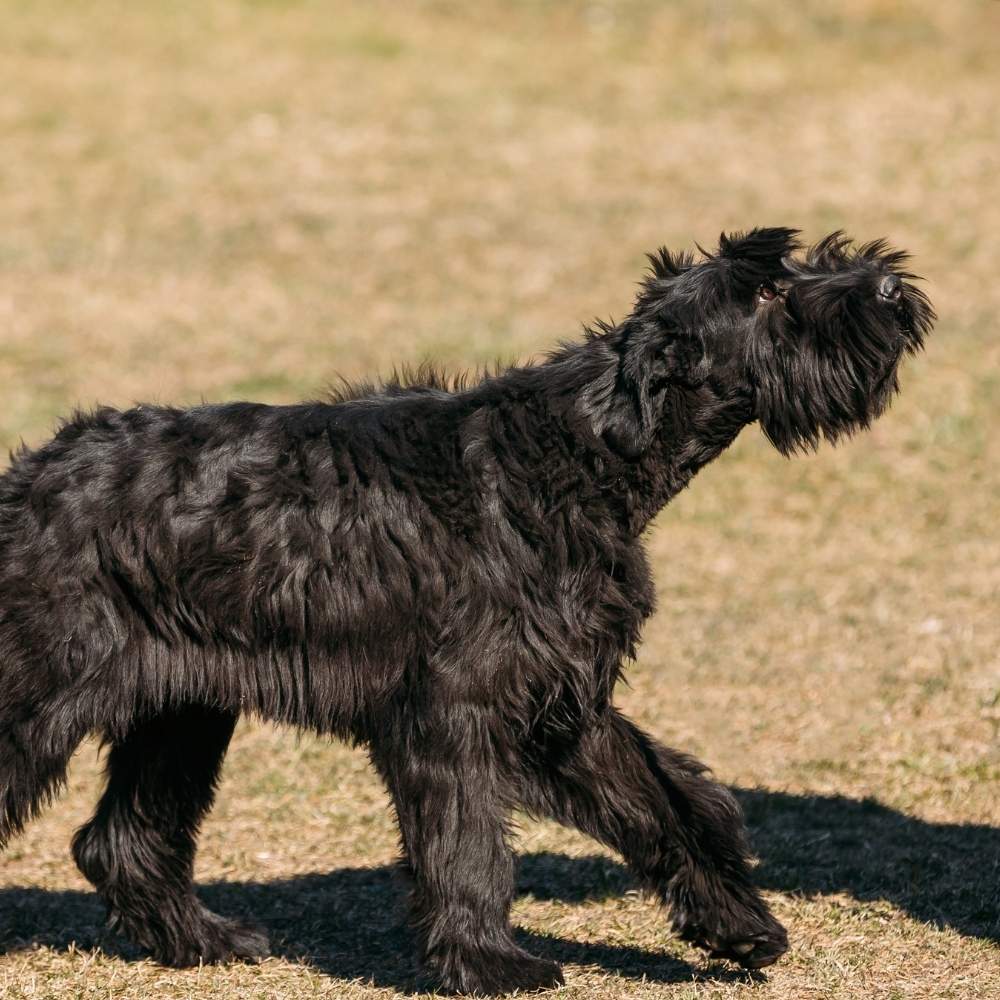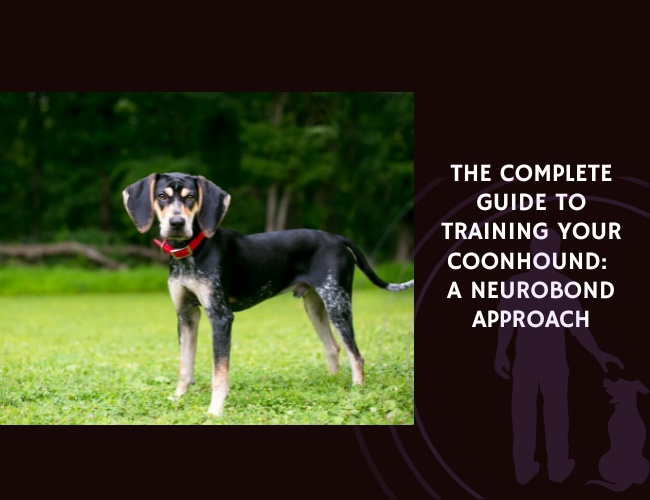Quick Facts about the Giant Schnauzer
- Origin: Germany
- Weight: Males: 30–48 kg, Females: 25–34 kg
- Life expectancy: 10–12 years
- Coat Colour: Solid black or salt and pepper
- Breed Group: Working
Bold, driven, and protective—the Giant Schnauzer is the powerhouse of the Schnauzer family. With keen intelligence and a commanding presence, this working dog is built for purpose, loyalty, and leadership.
Giant Schnauzer History
The Giant Schnauzer was developed in the Bavarian Alps in the 17th century, originally bred to drive cattle and guard property. It descends from the Standard Schnauzer, mixed with larger breeds such as Great Danes, Rottweilers, and possibly Bouvier des Flandres.
As industrialisation progressed, Giant Schnauzers transitioned into urban roles—guarding breweries, factories, and train stations. In the 20th century, they also gained popularity in police and military work, thanks to their strength and trainability.

Giant Schnauzer Temperament
Loyal, intelligent, and self-assured, the Giant Schnauzer is a formidable companion for experienced owners. It thrives under structured leadership and requires clear communication, regular training, and daily tasks to stay mentally balanced.
With family, it’s affectionate and often deeply bonded—but with strangers, it’s typically aloof or protective. Unstructured environments or weak leadership may result in over-guarding or frustration-based behaviours.
Note: This breed is not for passive households. It craves engagement, challenge, and clarity.
Health and wellness
Giant Schnauzers are robust but prone to several large-breed health conditions. Responsible breeders screen for joint issues, eye conditions, and specific cancers. Their dense, wiry coat requires regular grooming and stripping or trimming to avoid matting and skin irritation.
Due to their high drive, regular physical and mental stimulation is essential to prevent anxiety and destructive behaviour.
Significant problems:
Hip dysplasia
Osteosarcoma (bone cancer)
Hypothyroidism
Bloat (gastric torsion)
Progressive retinal atrophy (PRA)
Life expectancy: 10–12 years
🔍 Looking to go deeper into dog training?
Use these categories to explore targeted guides and articles on canine behavior, nutrition, obedience, entertainment, and more.









